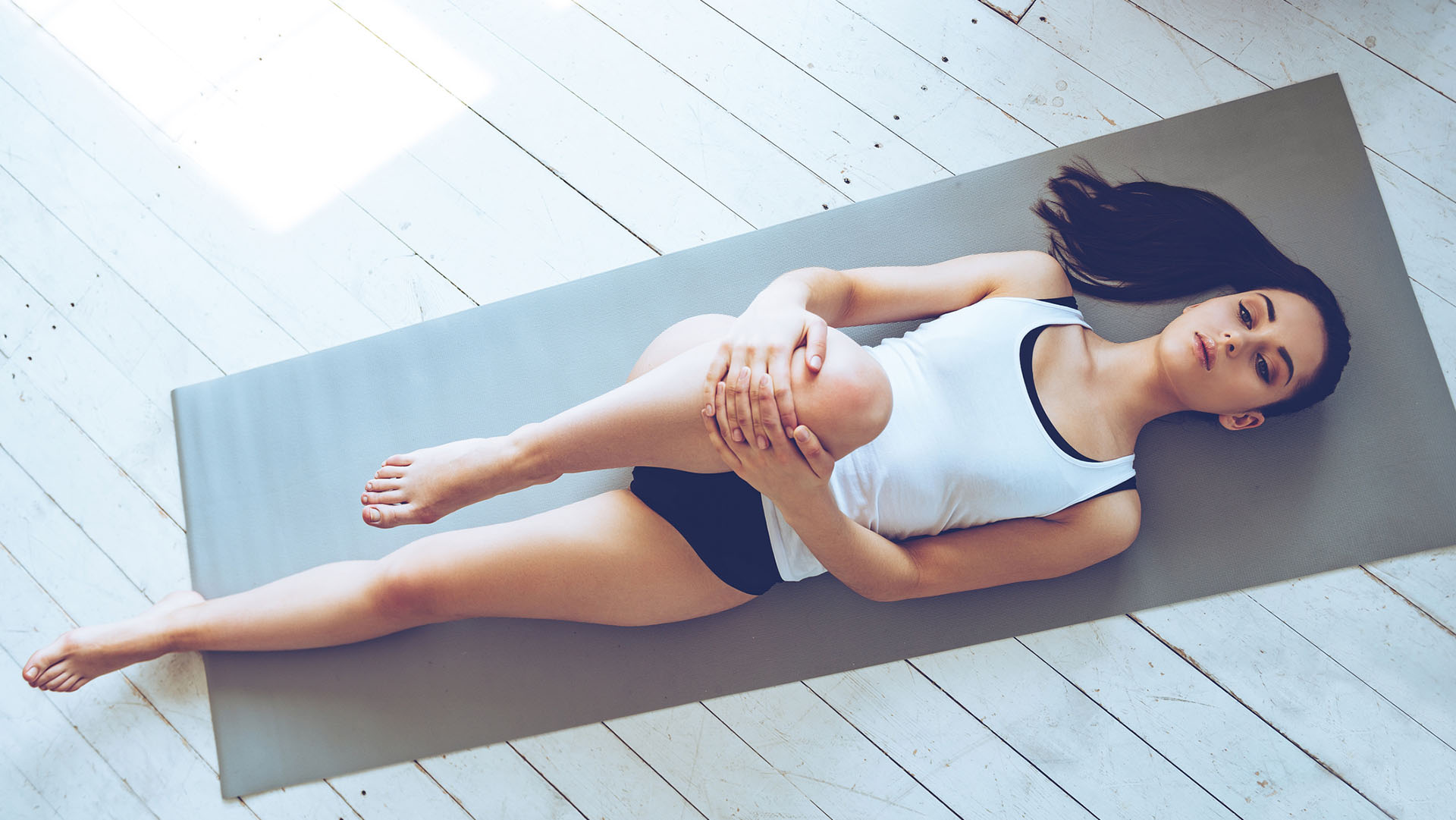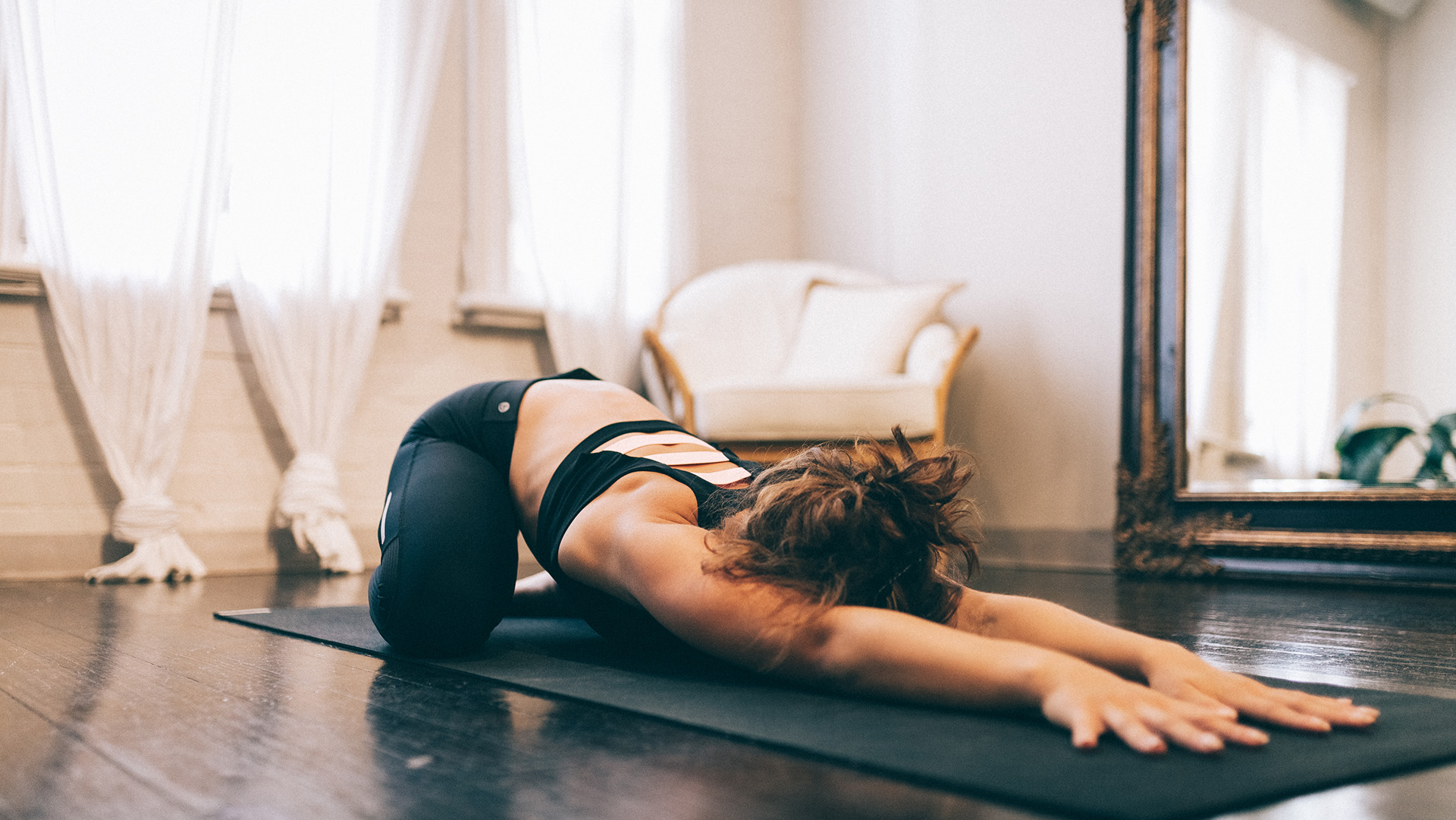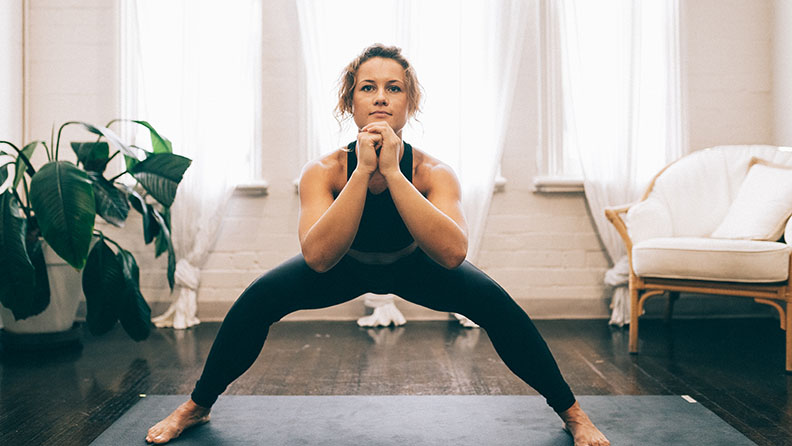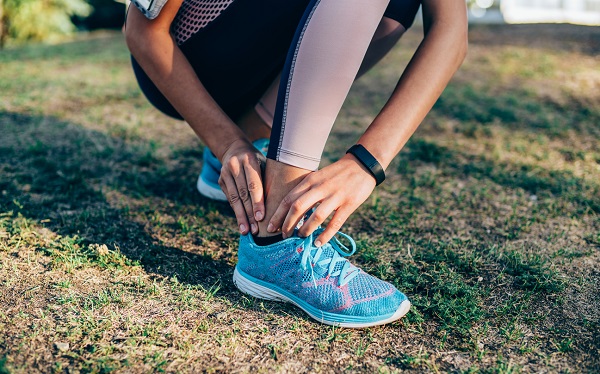-
Green fitness, or getting active in natural environments, is an invigorating way to get your blood pumping. Whether it’s a hike, a walk along the beach, an outdoor yoga class or a bike ride, exercising outdoors combines the benefits of physical activity with the refreshing goodness of fresh air, natural light and connection with nature.
Many of us know the natural mood boost that exercise can bring. This feeling of wellbeing is the effect of endorphins, the feel-good chemicals that are produced in the body (specifically, in the pituitary gland and hypothalamus, in your brain) during exercise.
Sports scientist Luke Ashcroft says taking your workout outdoors can make exercise more enjoyable, giving you that extra boost of motivation. “There has been quite a bit of research in this area and a number of psychological, physiological and economic benefits to exercising outdoors have been identified,” he says.
“Although exercise in general enhances self-esteem, research shows that outdoor exercise can have a greater impact than indoor exercise. The psychological benefits of outdoor exercise can be further enhanced by exercising near the water or in green spaces.”
Being active in beautiful surroundings can also feel more interesting than working out on a treadmill, which may encourage you to make it more of a habit.
“Research in older adults finds that they are more likely to do more physical activity outdoors than indoors, because the environment is more stimulating and leads to more enjoyment,” Ashcroft says.
Here, Ashcroft shares a few more benefits of outdoor exercise – and some tips for getting the most out of it.
You’re more likely to use your whole body
When you use machines at the gym you isolate the working muscles and run the risk of switching off your postural muscles. So while you’re pumping your pecs, the scaffolding that holds your body upright – the muscles in your legs, trunk and upper back – are neglected.
When you do bodyweight or free weight exercises outdoors, you use your whole body as a unit, and your postural muscles have to work hard to support the body. This helps your body develop the strength to support itself, leading to a more balanced musculoskeletal system and less risk of joint and muscle problems due to imbalances.
Even running outdoors has many benefits compared to running indoors. Wind provides extra resistance, obstacles like hills and stairs can increase intensity and uneven surfaces can help develop balance and coordination. Sprinting in a curve (think of the first and third hundreds on a 400 m track), which is impossible on a treadmill, has great benefits for core strength.
You don’t need any equipment
One of the great benefits of outdoor exercise is that you don’t have to use anything other than your own body and gravity to load the muscles and improve strength and fitness.
Simple bodyweight exercises like squats, push ups and sit ups can provide an excellent workout for most people. To increase intensity and difficulty, propulsion can be added (jumping squats and clapping push ups). Further complexity and intensity can be added with exercises like burpees, mountain climbers and bear crawls.
By incorporating features in the outdoor environment such as benches, fences, walls and trees, an intense and challenging exercise routines can be developed for virtually everyone.
There’s plenty of variety
The variety and stimulation that comes from exercising in different locations with different light levels (sunny versus cloudy) and different temperatures can help to keep exercise fun and interesting.
Anywhere you have room to move can present opportunities for exercise. The beach, a grandstand, a staircase or a sports ground can all be used to add extra intensity or variety to an outdoor exercise program, but my favourite would have to be the playground.
It’s free and convenient
Cost is frequently cited as a barrier to exercise. The outdoor environment provides a low cost solution for those who want to increase their activity levels and improve their health
Time and convenience are also cited as barriers to exercise. The beauty of the outdoors is it is usually only a few steps away! Rather than setting aside extra time to travel to and from the gym you can get started on an exercise program in a matter of seconds.
The best reasons to exercise outside
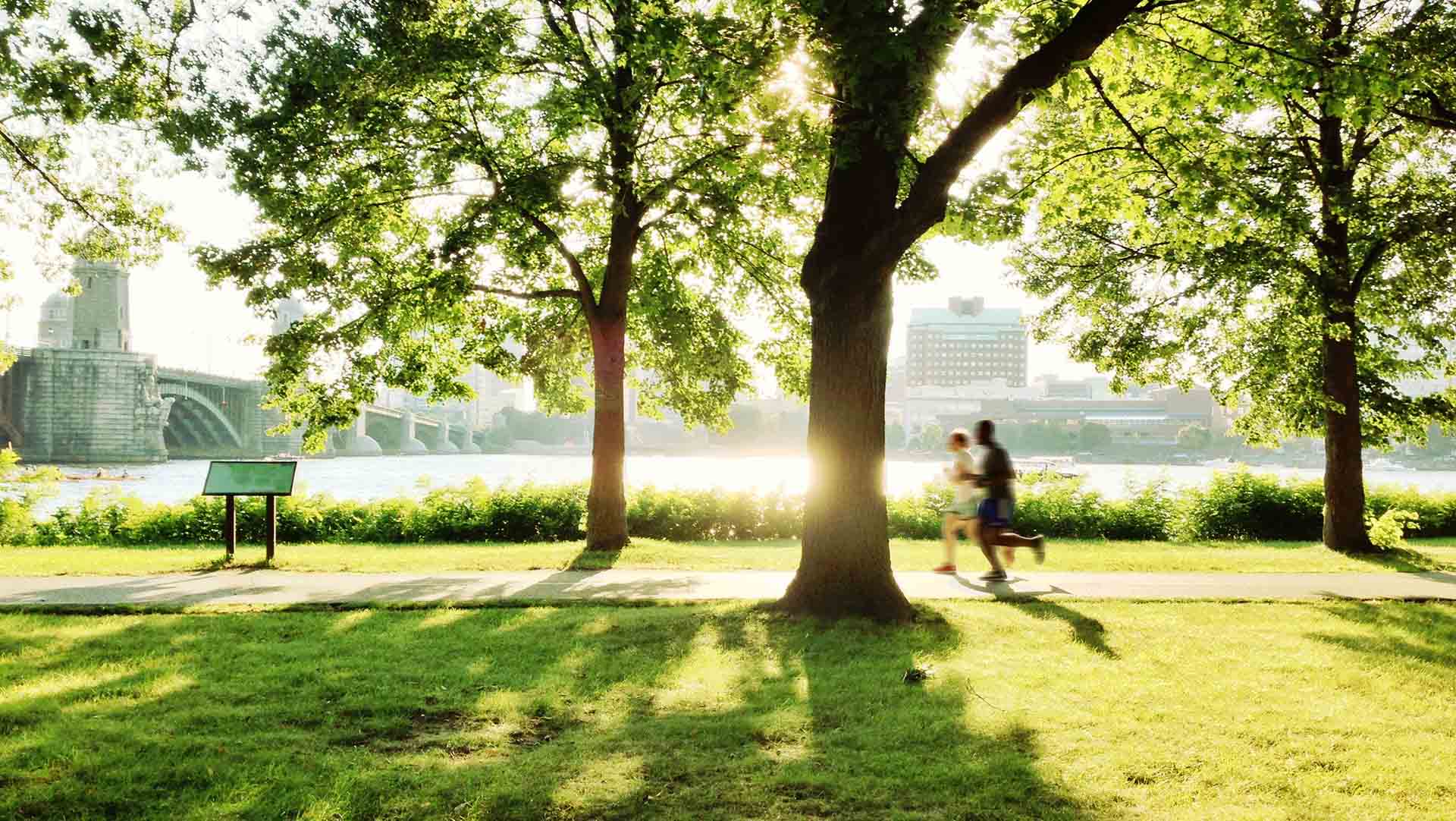
-
Stretches for gym enthusiasts
8 stretches to help you cool down from workouts
-
Stretches for office workers
Stretch out your back and relieve stress
-
Stretches for runners
Stretch your legs, hips and back after a long run
-
How to walk 10,000 steps
Discover how to easily reach your goal of 10,000 steps daily.
-
Everything you need to know about parkrun
Been wondering what a parkrun looks like? Where do you go? What do you do? How do you sign up? Find out here.
-
Five ways to exercise when on a budget
You don’t need to spend money on gym memberships just to meet your fitness goals. Here are five free ways to stay healthy and active when you’re living on a budget.
Subscribe to receive the best from Live Better every week. Healthy recipes, exercise tips and activities, offers and promotions – everything to help you eat, move and feel better.
By clicking sign up I understand and agree to Medibank's privacy policy

